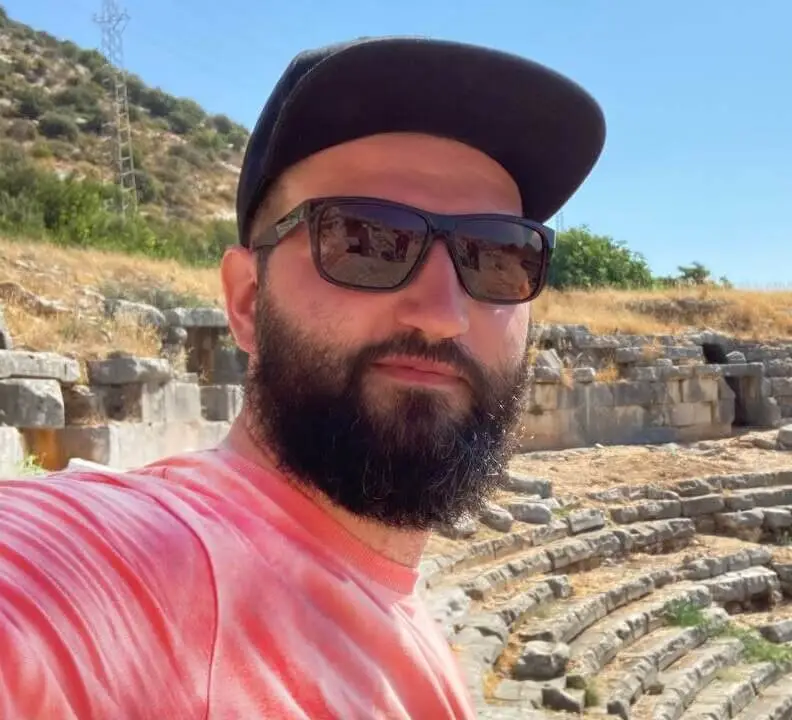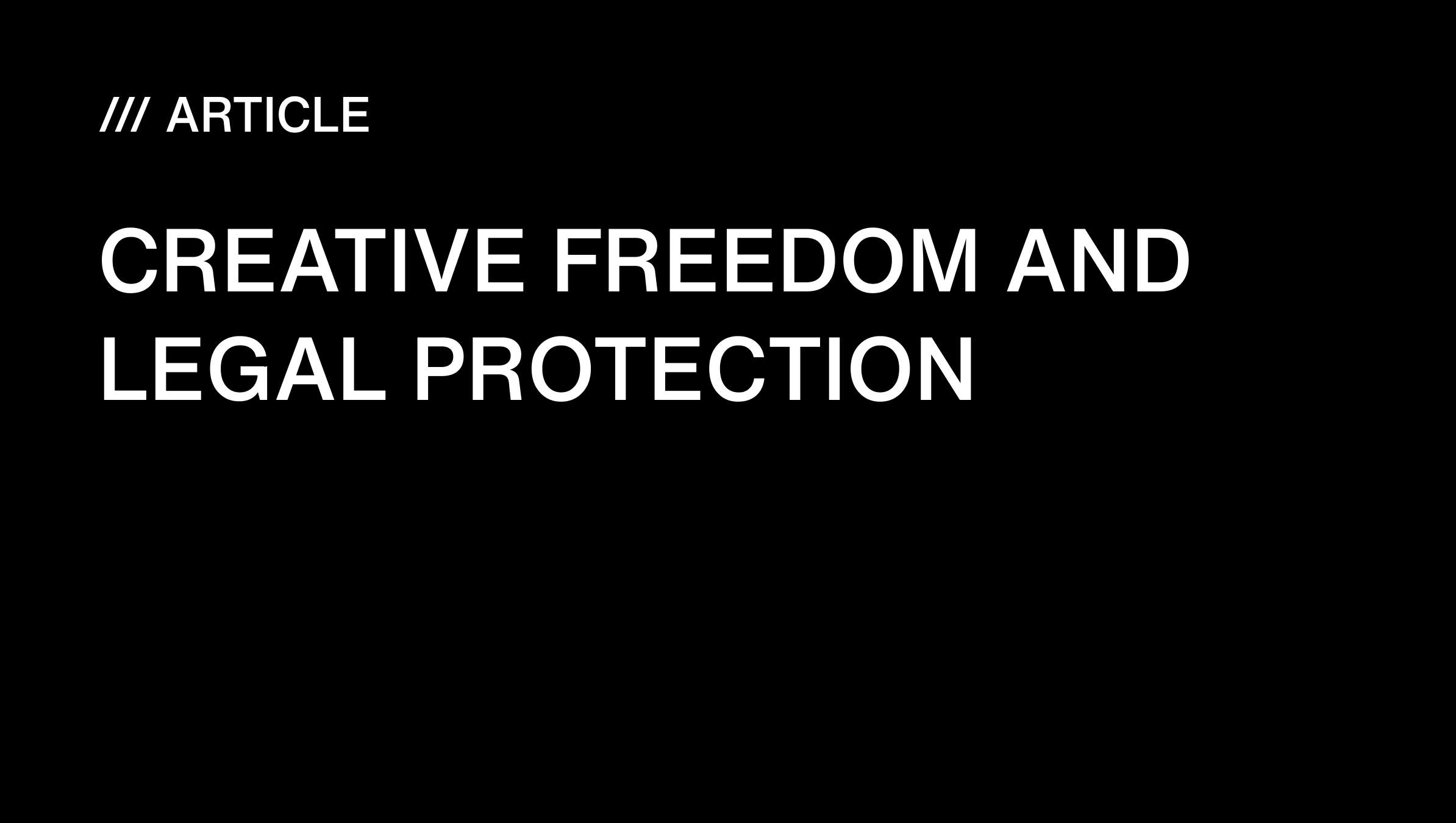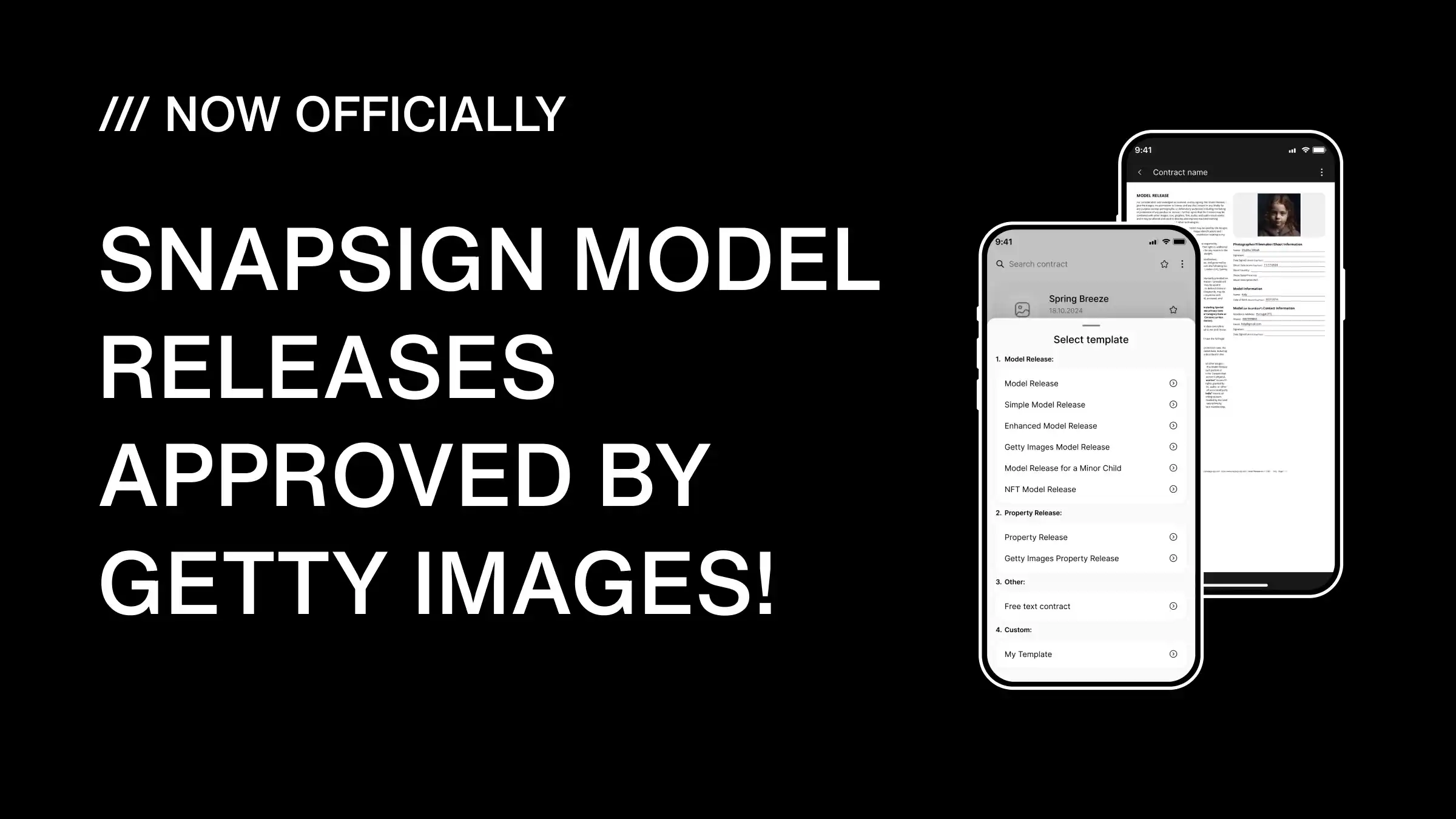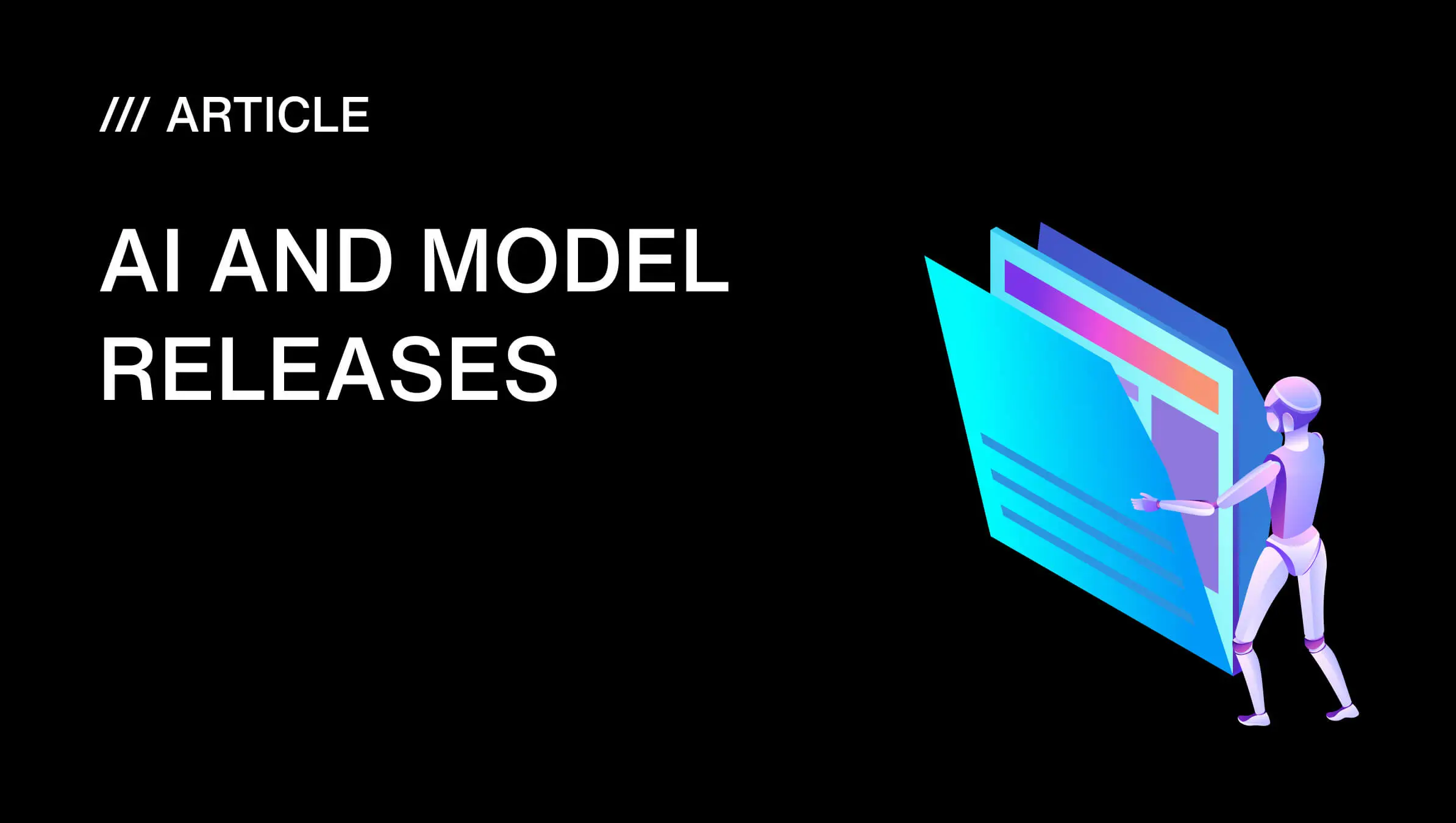My Journey into TFP and Paid Photography Jobs
When I first picked up a camera, I didn’t even know there were “categories” of working with models. Someone casually tossed out, “Hey, wanna do a TFP?” and I nodded like I knew what that meant - truth was, I had no clue. A few months later, I was shooting my first paid gig, heart pounding like a loose tripod screw. Since then, I’ve done both - TFP photography and paid shoots - and each has its own rhythm, perks, and what-did-I-get-myself-into moments.
What is TFP? – TFP Photography Meaning Explained
What Does TFP Mean in Photography?
TFP stands for Time for Print - though these days it’s more like Time for Photos. It’s a trade: you bring your gear, your creative vision, your editing chops; they bring their look, posing experience, and time. Instead of money, you both get high-quality images to use in your portfolios. Pro Tip: Always outline the agreement in writing - even for TFP. Here’s a sample model release template you can adapt.
Why Do Photographers and Models Opt for TFP?
Consider it a stress-free playground for artists. You can experiment with a new lighting arrangement, use that lens you recently purchased, or capture images in an interesting place without a client pressuring you. Models love it because it’s a cost-free way to refresh their portfolio. (See Model Mayhem’s TFP guidelines for more on industry norms.)
What is a Paid Shoot? – Understanding Paid Photography Jobs
How Does a Paid Photography Shoot Work?
Paid shoots are when things go fully pro. Either a model is booking you for a portfolio refresh, or you’re hiring them for a commercial project. There’s usually a contract, a rate, and sometimes a detailed shot list.
What Are the Common Payment Models for Photographers?
Paid positions generally function based on hourly, half-day, or full-day rates. For commercial jobs, it’s usually a flat fee negotiated before you even set up your lights. (Check PPA’s rate guidelines for reference.)
My First TFP Photography Session – Lessons from a Rookie Shoot
What Was My First TFP Shoot Like?
My first TFP? Total rookie vibes. I encountered the model at a café, exchanged mood boards while enjoying lattes, and dedicated the afternoon in the park pursuing golden-hour illumination. No team, no heavy equipment - just myself, my camera, a reflector, and an excess of caffeine.
What Did I Learn from My First TFP Experience?
Even if it’s free, treat it like a business arrangement. Decide:
- • How many final shots?
- • Who edits?
- • Delivery timeline? Skip that, and you’re one vague text away from awkwardness.
My First Paid Photography Job – From Nerves to Professional Confidence
How Did My First Paid Shoot Differ from TFP?
My first paid gig felt like a different planet. The model showed up with a makeup artist, three garment bags, and possibly a manager - or just a very confident friend. Every click felt like it came with a price tag. But the rush? Addictive. Knowing someone trusts you enough to invest in your work is a high on its own.
TFP vs Paid Photography Jobs – The Big Differences
Which Is Better: TFP or Paid Shoots?
TFP = you’re the creative director. Paid = you might be executing someone else’s vision.
How Much Time Do TFP and Paid Shoots Take?
TFP can run long or wrap early. Paid jobs? The clock’s ticking, and time is literally money.
What’s the Financial Investment for Each?
TFP is low-cost. Paid gigs may require rentals, assistants, or hauling a bigger gear kit.
Benefits of TFP Photography
How Can TFP Help Build Your Photography Portfolio?
Perfect for testing new lighting setups, exploring genres, or practicing with different models.
Can TFP Shoots Help You Get Paid Work Later?
Some of my highest-paying clients started from casual TFP collabs that just clicked.
Benefits of Paid Photography Jobs
Does Paid Work Improve Your Professional Skills?
Money on the line sharpens your game - better prep, faster workflow, more reliable delivery.
How Does Paid Work Provide Financial Stability for Photographers?
This is how you turn your passion into gear upgrades, travel budgets, and rent money.
Downsides of TFP Photography
Flakes happen. Absences, late cancellations, or models arriving unprepared are frequent occurrences.
Downsides of Paid Shoots
High pressure and reduced creative control if the client’s vision is set in stone.
How to Decide Between TFP and Paid Photography Jobs
Is TFP Worth It for Beginner Photographers?
New? TFP can build your book fast. Established? Paid work makes more sense.
How Do Your Long-Term Goals Affect the Choice?
If you want freedom, keep TFP in the mix. If you want income, prioritize paid work.
How to Work with Models – Tips for TFP and Paid Shoots
How Do You Communicate Effectively Before a Shoot?
Lay out:
- • Locations
- • Timing
- • Outfits
- • Delivery dates. This keeps everyone happy and on track.
Why Is Professionalism Important in Every Shoot?
Paid or free, show up prepped and on time. Your reputation’s on the line.
Final Thoughts – Balancing TFP and Paid Photography Work
TFP taught me to experiment like a mad scientist with a camera. Paid work taught me to deliver like a pro. The sweet spot? A mix of both.
Conclusion – Why Both TFP and Paid Shoots Matter
It’s rarely “TFP vs paid” - it’s “TFP and paid,” depending on your career stage. Every shoot adds a tool to your creative kit.





